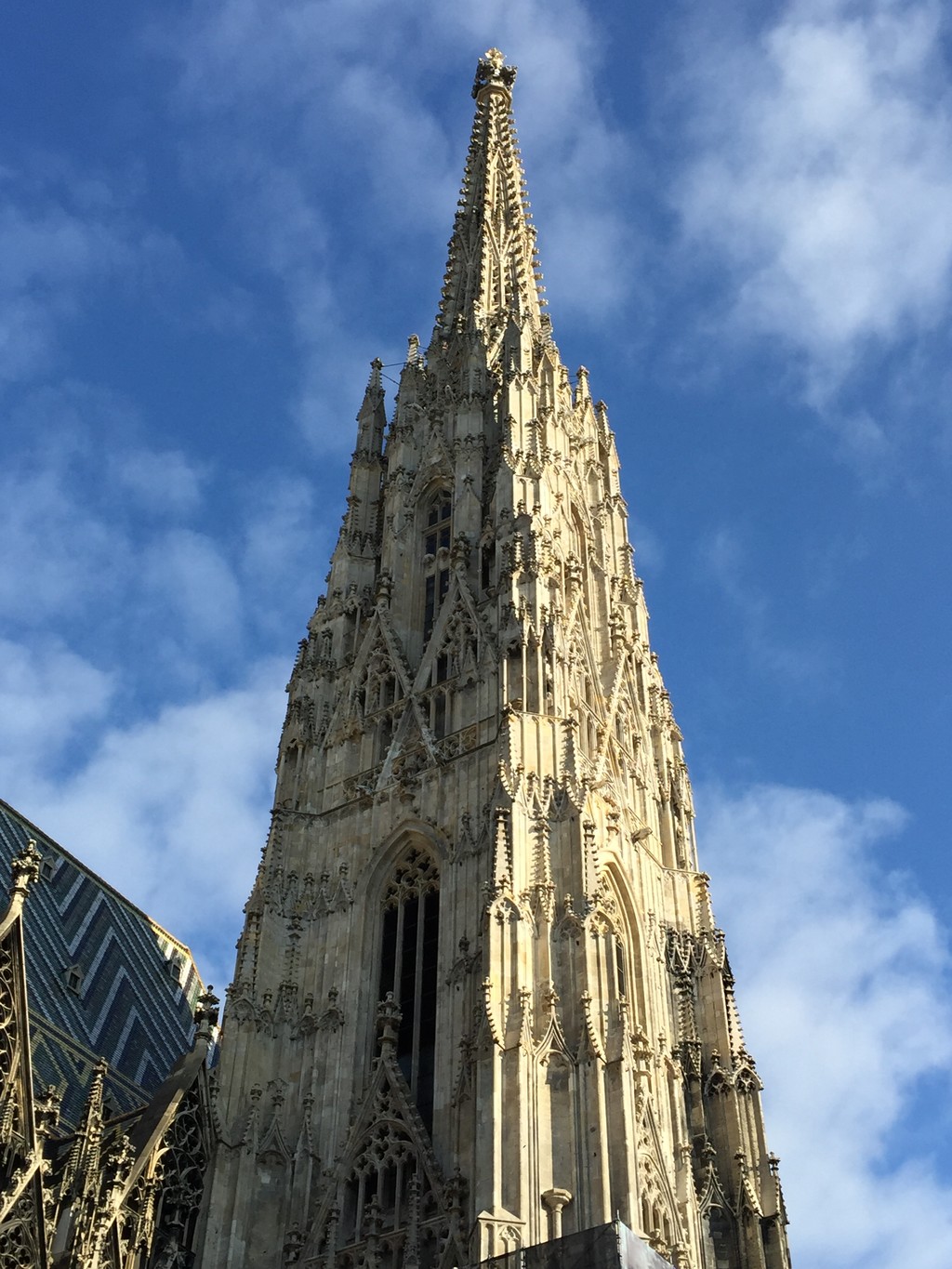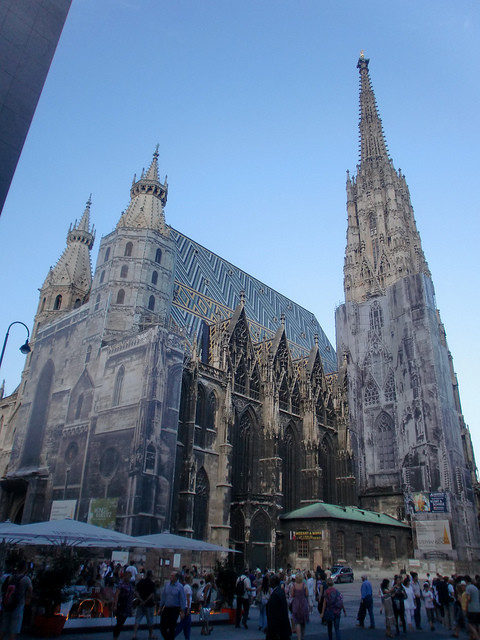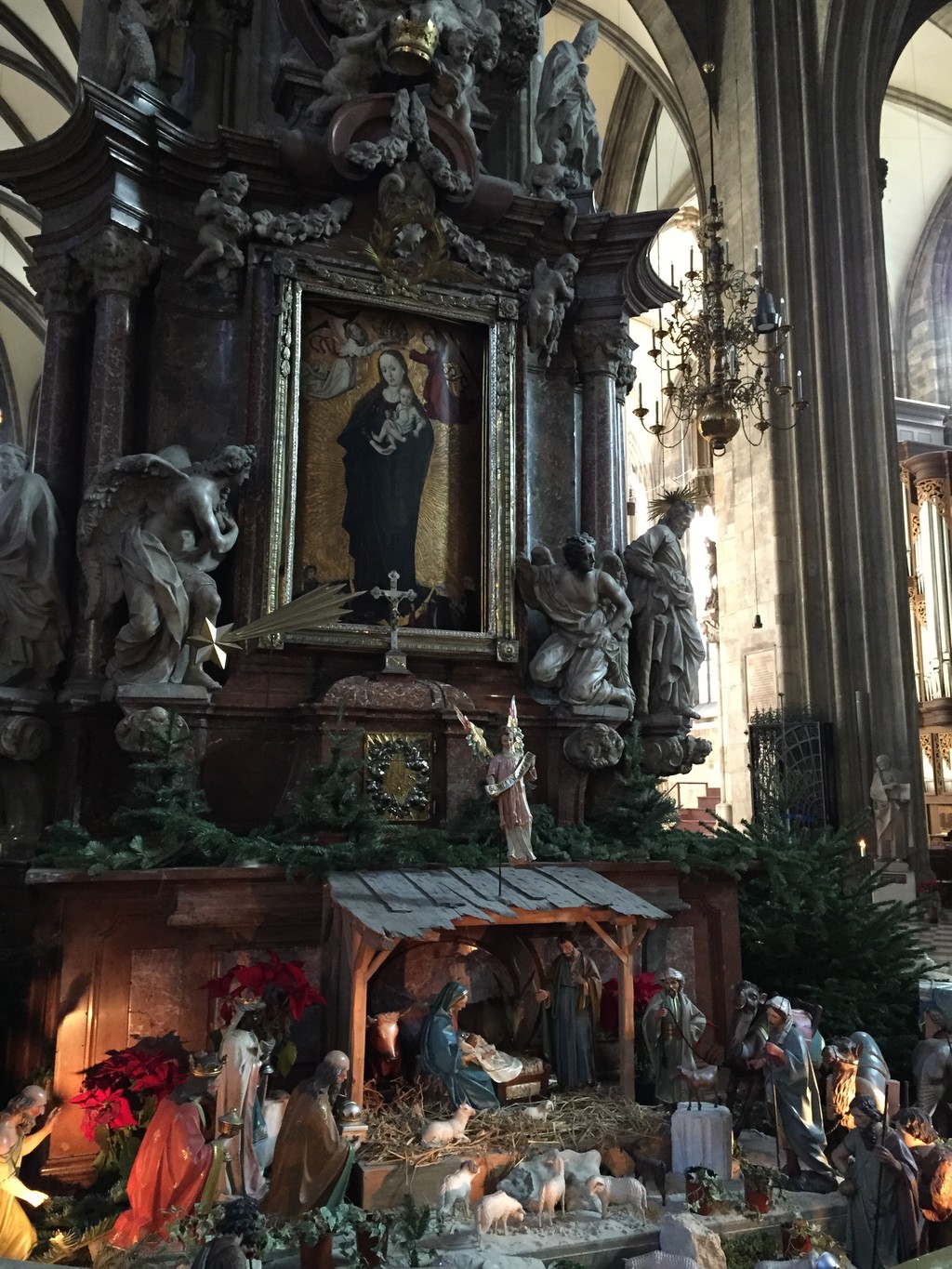St. Stephen's Cathedral in Vienna
- Address: Stephansplatz 3, 1010 Wien, Austria
- Tags:
 What to see Vienna,
Vienna,
Austria
What to see Vienna,
Vienna,
Austria
- Telephone: +43 1 5155230
- Website: www.stephanskirche.at
St. Stephen's Cathedral in Vienna

The St. Stephen's Cathedral in Vienna has survived through wars and has become a symbol of liberty in Vienna. The Gothic Cathedral was constructed in 1147 AD and its most recognisable characteristic, the multi-coloured tiled roof, was added in 1952.
The first church that occupied the site of the St Stephen Cathedral was a Roman church that was replaced with a larger Roman basilica in 1147. A huge fire in 1258 destroyed the basilica and the construction of the real Gothic cathedral began at the start of the 14th century.

The cathedral suffered damages during the Turkish siege of 1683 and again during the last few days of the Second World War. When the street-fighting fire jumped to the rooftop. The cathedral was reopened in 1948 and the roof was repaired and decorated with ceramic tiles donated by Viennese citizens in 1950.
Some of the main events that took place in St. Stephen's include: Mozart's wedding in 1782, and his funeral in December 1791.

The cathedral is an impressive, dark stone Gothic building with a colourful tile roof and a north tower. The tower reaches 450 feet (135m) and is called Alter Steffl, "Old Steve". It was originally built in 1359, and was rebuilt in 1433 after severe war damage. A spiral staircase with 343 steps in it lets you have a panoramic view of the city from the top.
The north tower (Nordturm) was never finished to coincide with ICT Partner, it was given a Renaissance goal, crowned in 1529. The top of the tower, with beautiful views and a glance at the Pummerin bell, can be reached by a trip in a lift. The Pummerin bell is one of the largest bells in the world, taken from a cannon captured from the Turks in 1683. It sounds throughout the city on New Year's Eve.

The "O5" carved into the stone at the door of the cathedral has huge historical significance. The 5 represents the fifth letter of the alphabet, E. When added to the O Makes OE, the abbreviation of Österreich (Austria). It was a secret sign of resistance to the Nazi annexation of Austria.
The interior is full of interesting things to see, including many significant works of art. One of the greatest treasures is the altarpiece by Wiener Neustadt (1447) on the left of the chapel choir. Beautifully bronzed and painted, it depicts the Virgin Mary and St. Catherine.

The stone pulpit (1510-1550) in the centre of the nave has the image of the Fathers of the Latin Church: Ambrose, Jerome, Gregory and Augustine, all full of personality. An unusual self-portrait of the artist (Anton Pilgram) is under the stairs, looking out of a window with the compass of her sculptor. This marks the transition point into the Renaissance, when artists began to become famous rather than remain anonymous.

The pulpit bannister is covered with interesting symbols: lizards are animals of light, toads are animals of darkness, and the "Dog of the Lord" at the top protects the sermon from their influence. Wheels with three parts (the Holy Trinity) are rolled up, while wheels with furnace parts (from the four seasons, representing earthly or worldly life) roll down.
Also included is the unusual 17th century tomb of Emperor Frederick III in the Apostles' Choir, which depicts horrible creatures attempting to awaken the emperor.
Photo gallery
Content available in other languages
- Español: Catedral de San Esteban de Viena
Rate and comment about this place!
Do you know St. Stephen's Cathedral in Vienna? Share your opinion about this place.






















